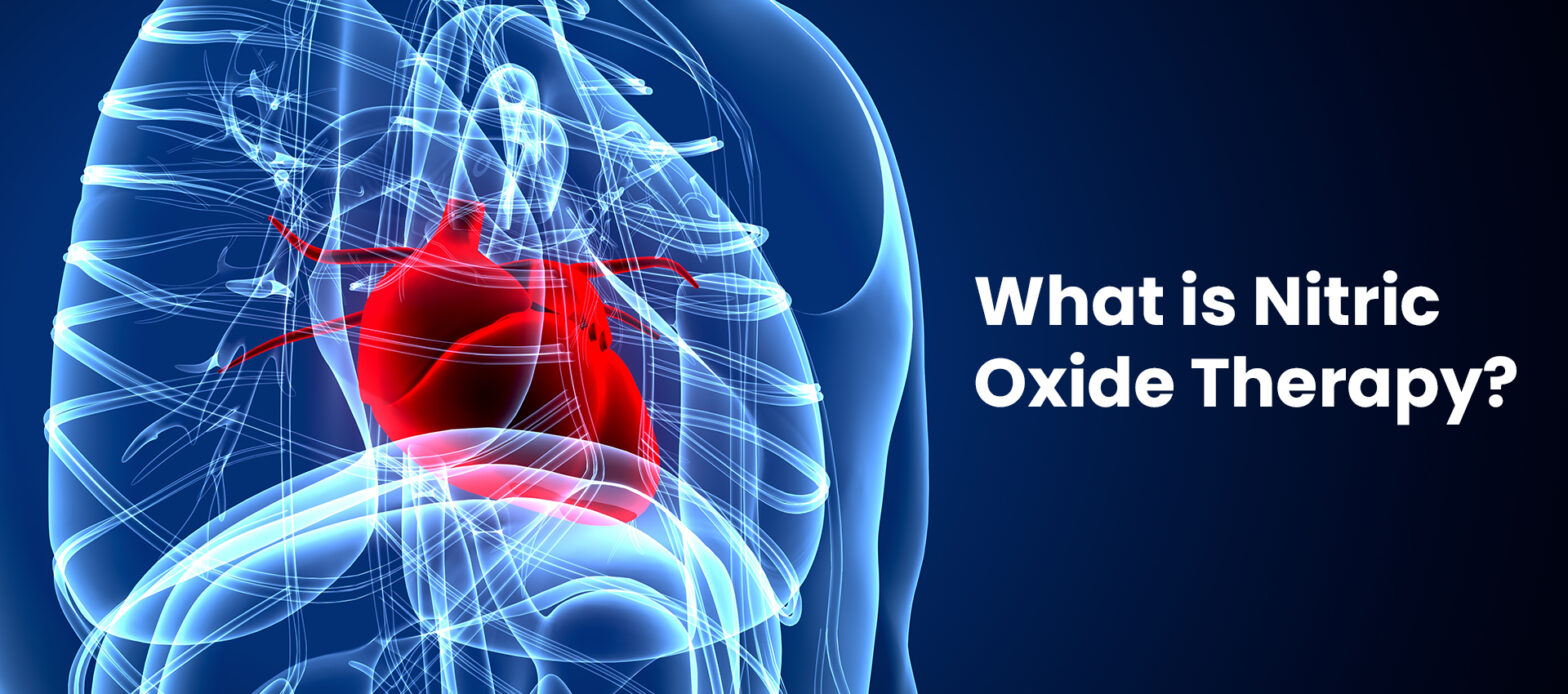
Nitric Oxide therapy represents a significant leap forward in medical science, offering a beacon of hope for patients with various respiratory and cardiovascular conditions. This innovative treatment uses Nitric Oxide, a naturally occurring molecule in the body, to improve oxygenation and support the pulmonary system.
IT involves the inhalation of NO gas to treat respiratory failure in newborns (neonates) with conditions like pulmonary hypertension, as well as in adults with severe respiratory distress. By relaxing and dilating the blood vessels in the lungs, it enhances oxygen delivery and reduces the workload on the heart.
The therapy offers numerous benefits, including improved oxygenation, reduced need for mechanical ventilation, and enhanced overall patient outcomes. It is particularly beneficial for newborns with hypoxic respiratory failure, significantly reducing the risk of developing chronic lung disease.
NO therapy is administered in a controlled environment, typically in hospitals or specialized care units, using equipment designed to deliver precise amounts of NO. The therapy's duration and dosage depend on the patient's condition and response to treatment.
Ongoing research and clinical trials continue to explore the potential of NO therapy beyond its current applications. Innovations in delivery methods and the discovery of new therapeutic targets promise to expand its use, making it a versatile tool in the fight against respiratory and cardiovascular diseases.
In conclusion, IT is a groundbreaking treatment that has transformed the approach to managing complex respiratory conditions. Its ability to improve patient outcomes and quality of life makes it a critical component of modern medical care.